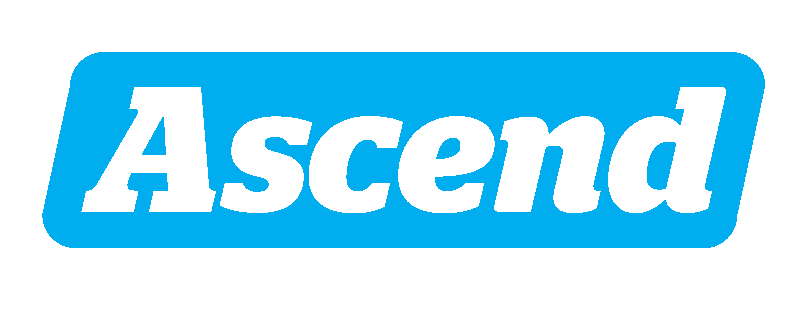It’s hard to label what’s forming across the Pacific Northwest.
These companies don’t fit neatly into a single category. Some are building tactical autonomy, others are advancing compact fusion, modernizing satellite operations, deploying AI-driven robotics, or hardening energy systems. The connective tissue is regional: they’re born out of Cascadia’s unique access to technical talent, physical infrastructure, research depth, and enterprise buyers.
We call this Cascadian Dynamism.
The geography offers structural advantages. Port cities like Seattle and Vancouver provide direct access to logistics, aerospace, and maritime operations. Off-road testing environments are close. The presence of long-range RF labs, defense contractors, space manufacturers, and datacenter operators provides a natural customer base for emerging dual-use and industrial AI startups.
Founders consistently point to the talent layer as the defining factor. Boeing, Amazon, and Microsoft have produced decades of systems engineers, autonomy experts, and cloud infrastructure leads. The Allen Institute for AI, Nvidia’s robotics research, and the University of Washington contribute a steady stream of researchers with deep experience in machine learning, simulation, and computer vision. Fusion and battery chemistry are also heavily concentrated here, with companies like Helion, Zap Energy, Group14, and Sila hiring from a deep regional pool.
Several founders have said, privately and publicly, that this is the only region where their company could be built. It's one of the few places where technical hires understand both AI and physical systems, and where early customers are located within driving distance. The region’s proximity to major datacenter builds, energy utilities, and maritime operations gives startups live environments to test and deploy. Defense buyers and energy procurement teams are actively engaging with startups at earlier stages.
The satellite supply chain is another anchor. Washington produces over half the satellites currently in orbit, thanks to longstanding aerospace manufacturing expertise and a dense network of suppliers. Startups like Starfish, Quindar, and Kymeta are building on that foundation to reimagine in-orbit servicing, control systems, and communications. Robotics startups like Agility are taking advantage of Amazon’s massive warehouse footprint to design and iterate on deployable automation. Other startups are working with research vessels, agricultural testing zones, and off-grid energy projects that would be hard to replicate elsewhere.
Capital is starting to follow the talent. While historically undercapitalized compared to enterprise software, this sector is seeing strong inbound interest. Breakthrough Energy Ventures, Point72, and FUSE are based here. DIU Energy has a foothold in the region. New firms like Conduit and Actuate are being formed around the thesis that complex physical infrastructure is overdue for replatforming —and that Cascadia is one of the few places where that replatforming is already underway.
At Ascend, we have made several investments in this category (four highlighted in the market map), and are on the hunt for more. We call it Frontier AI, or Ai solving the physical world’s hardest problems.
But most of these companies won’t show up in standard SaaS deal flow. Many are operating in stealth, emerging from DARPA projects, research institutes, and spinouts from primes. But the pattern is becoming harder to ignore: engineering-heavy teams, access to buyers, defensible technology, and early federal traction.
There’s a real market taking shape here — one that doesn’t need to chase the latest API trends to build lasting value.

